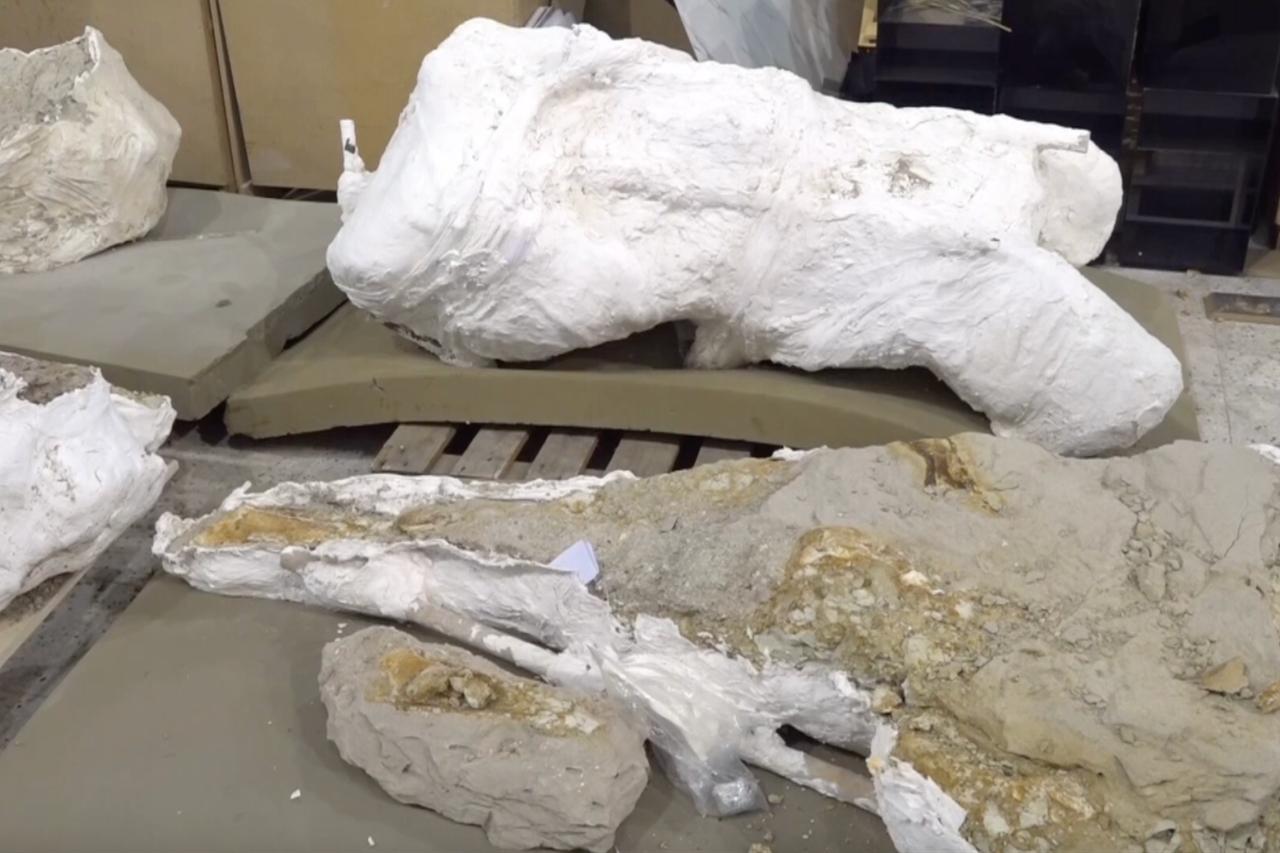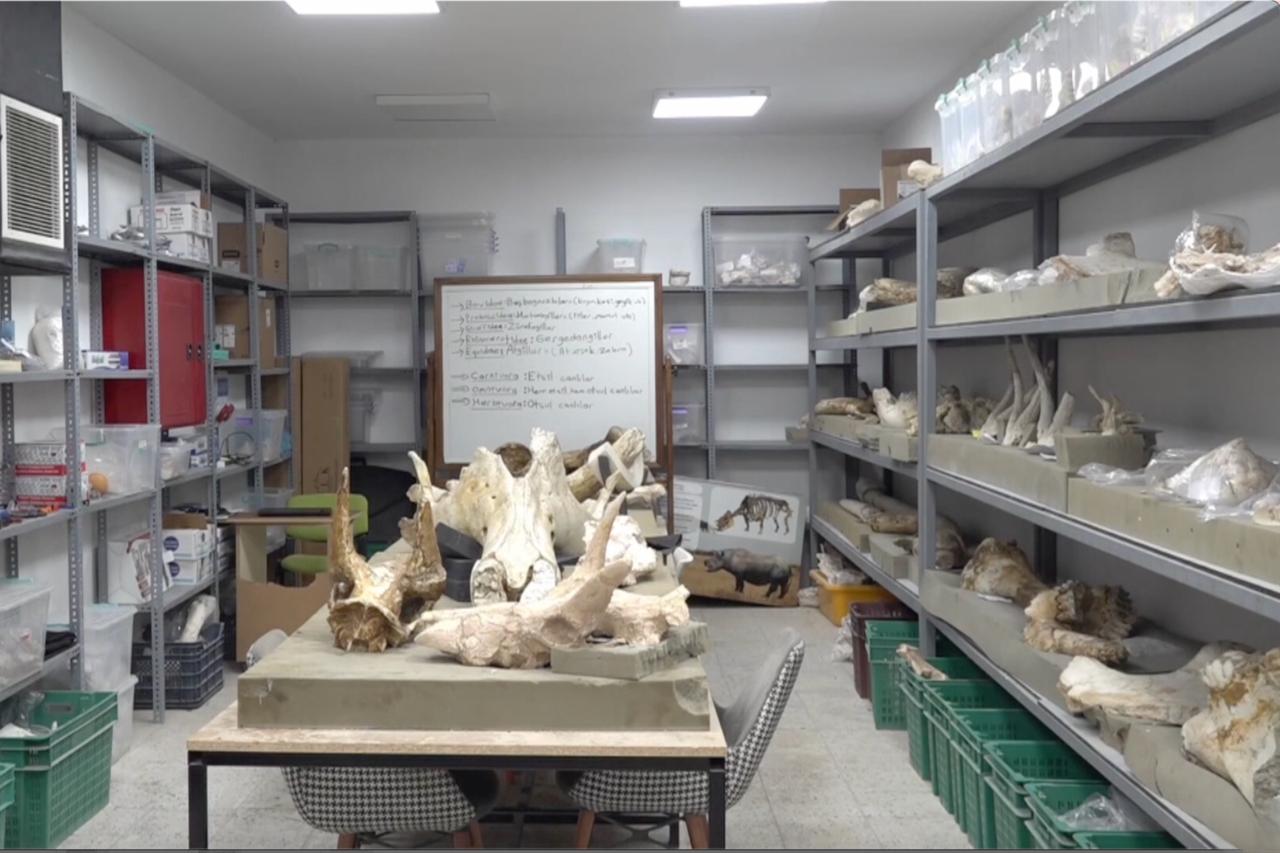Archaeologists in Kayseri discovered three elephant skulls estimated to be 7.7 million years old during this season’s excavations near the Yamula Dam.
The Kayseri Museum Directorate oversees the digs with support from the Kayseri Metropolitan Municipality and scientific guidance from professors Oksan Basoglu and Pinar Gozluk Kirmizioglu.
Fossil site in Kayseri has rich prehistoric diversity
Excavations began in 2018 after a goat herder reported finding fossils near the Kizilirmak River in 2017.
The site lies in the Kocasinan district and has produced many fossils over the years.
These include prehistoric giraffes, mammoths, rhinoceroses, three toed horses, hornless sheep known as bovids, goats, antelopes, turtles, and pigs.

Archaeologist Omer Dag said this season brought an unusually high number of elephant fossils.
“We can call this the year of the elephant,” he told Anadolu Agency. “Since 2018 we had found two skulls. This year we discovered three in a single season. One of them still had its lower jaw attached. The tusks were slightly damaged, but the skulls were almost complete.”
Dag explained that the fossils were mainly found in the Cevril area, which the team now calls the “elephant zone.” The skulls were discovered at distances of 100 to 300 meters from each other.
The team carried out radiometric analysis to confirm the age of the fossils and determined that they date back about 7.7 million years.

Dag said the large fossils are exceptionally well preserved and have attracted attention in global paleontological research.
The finds provide valuable information about the region’s ancient environment. “The presence of so many elephants in one area tells us about the paleogeography of the time,” he said.
“Some species dug up swamp beds with their lower jaws to find food, while others fed on tree branches by knocking them down. The location of each fossil shows us how they lived and what the landscape was like.”
This year’s excavations also uncovered fossils of a three toed horse, a rhinoceros, and a saber toothed cat, further expanding the picture of prehistoric life in the region.